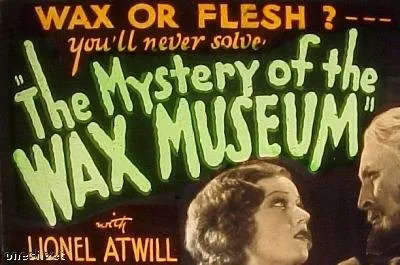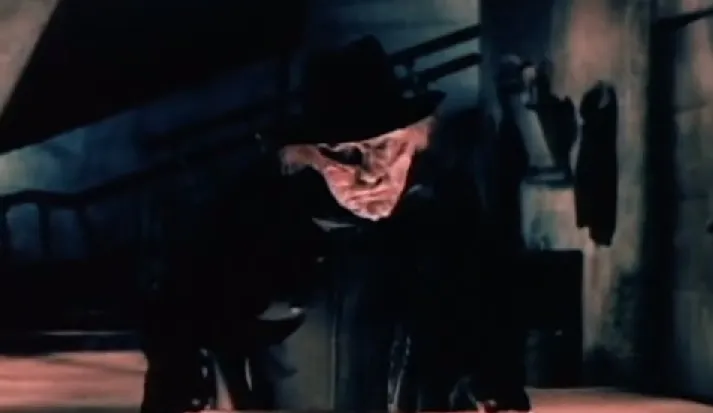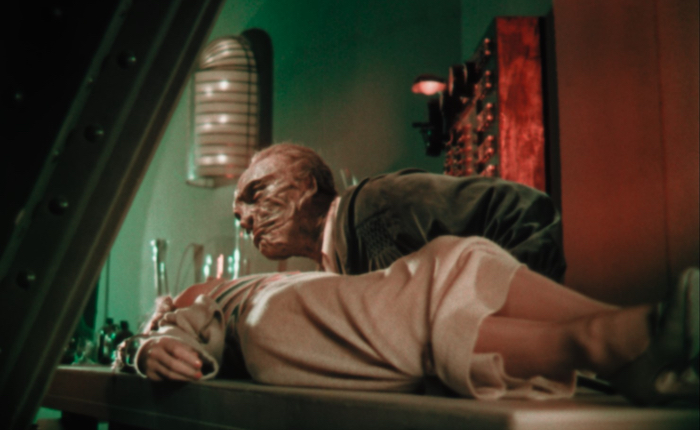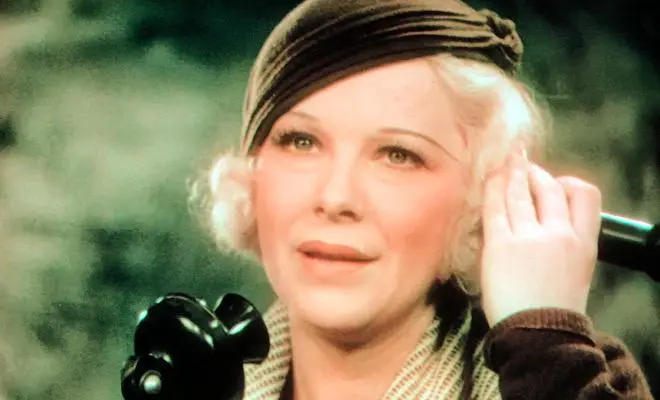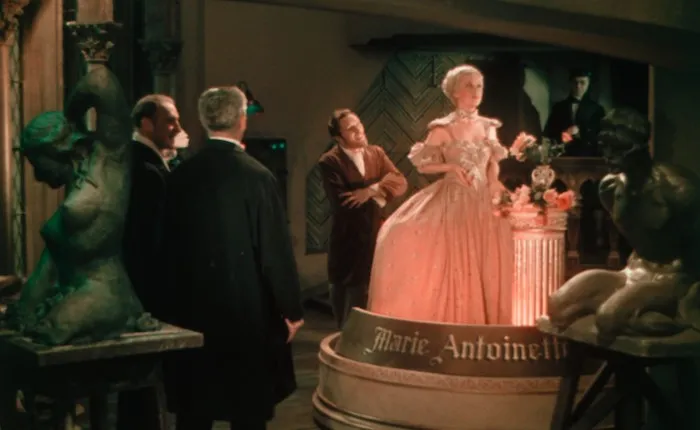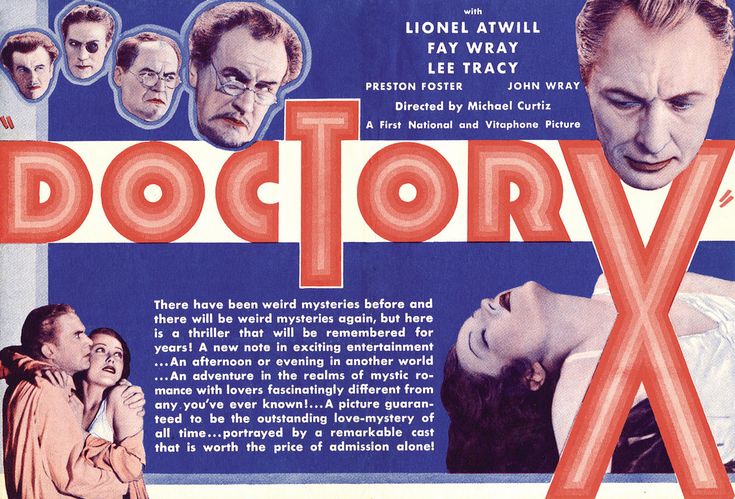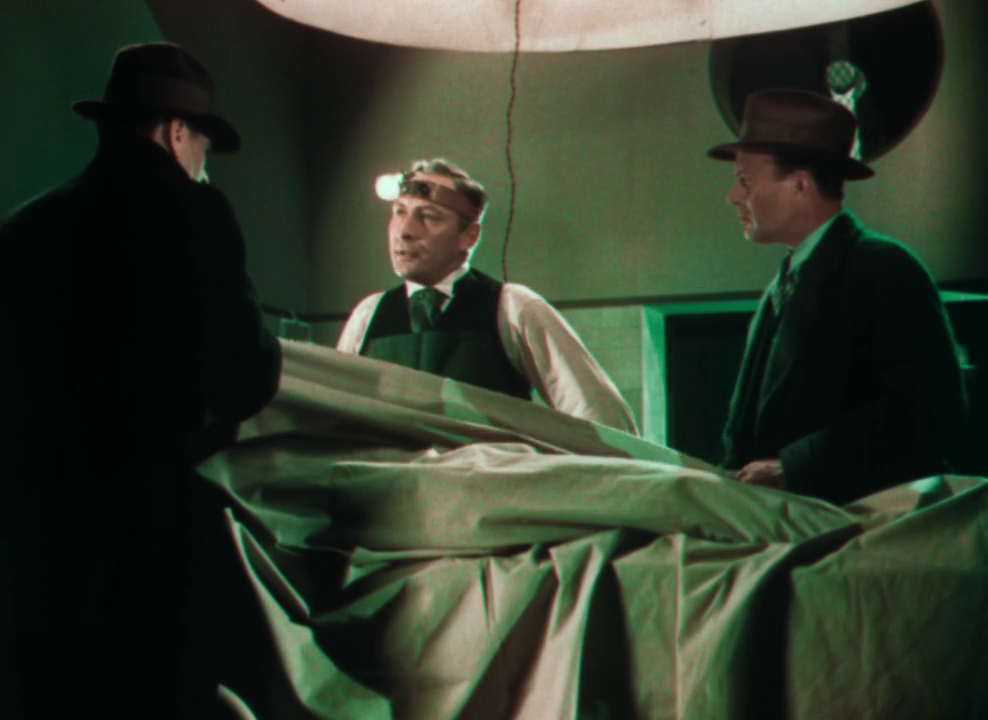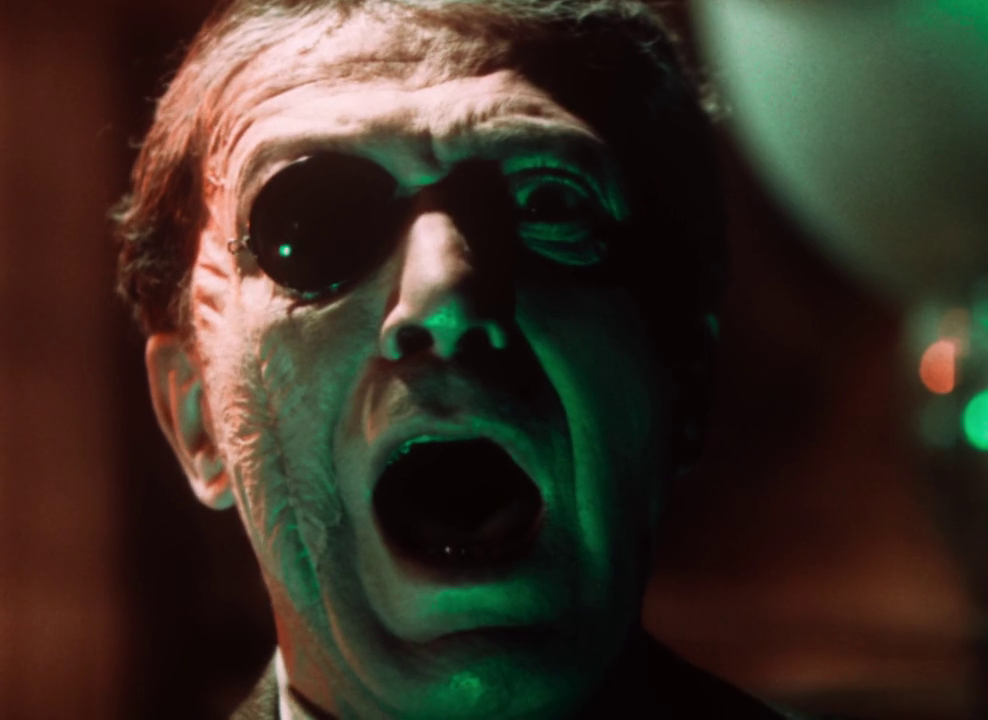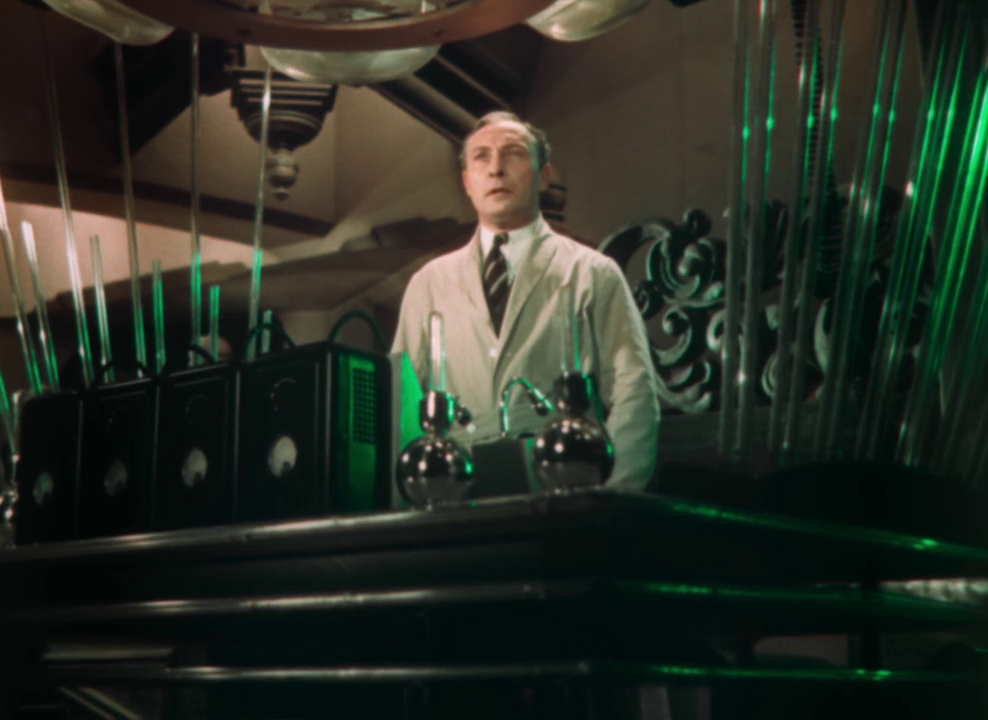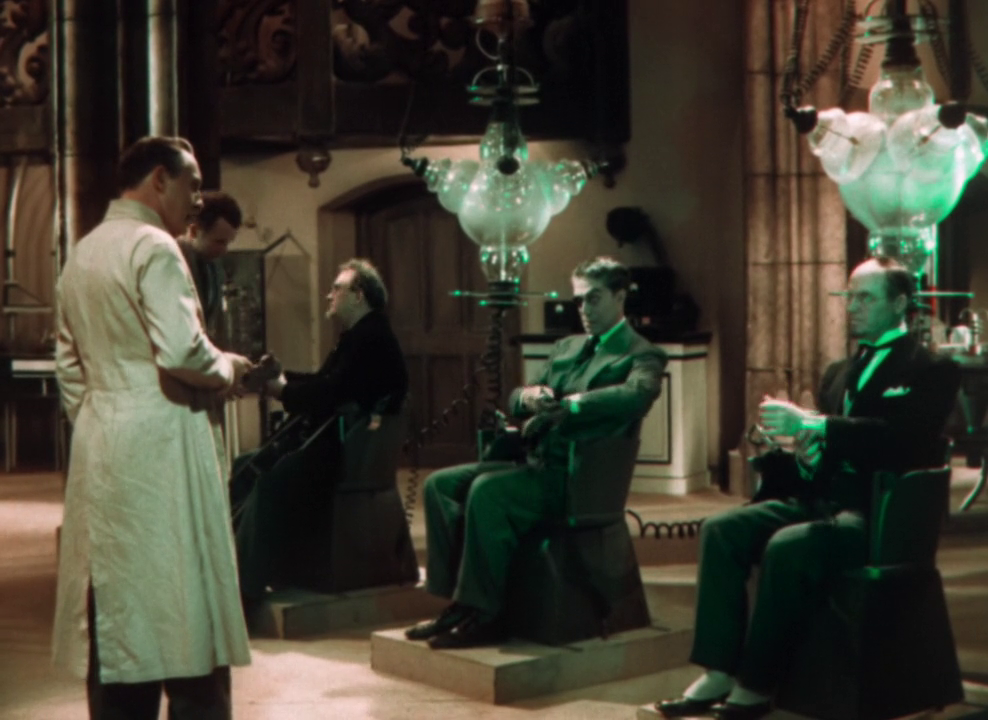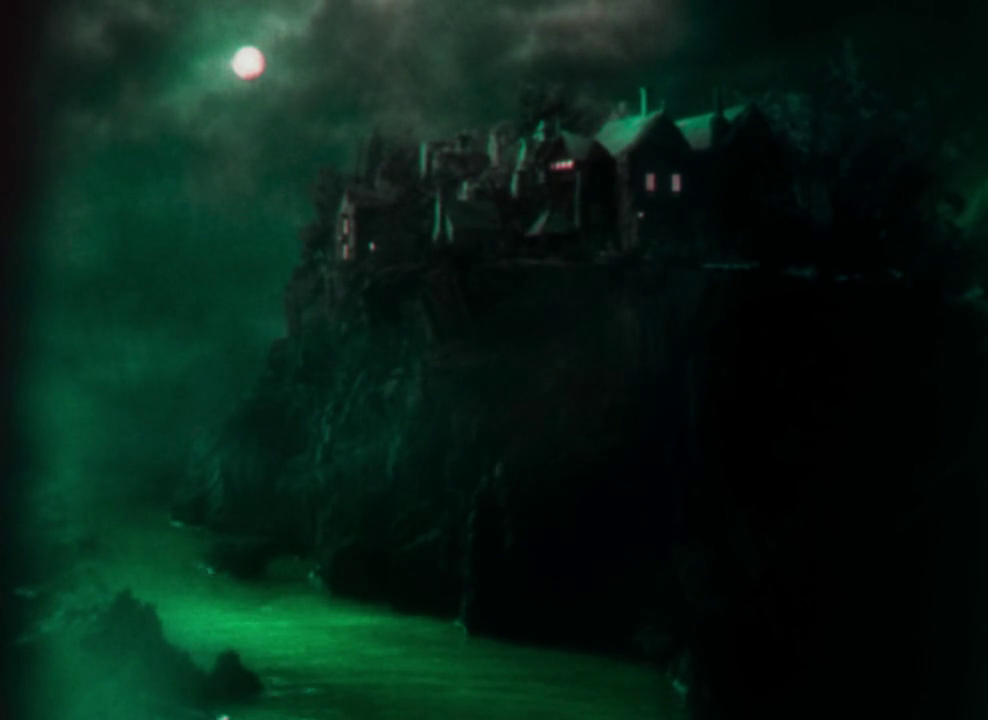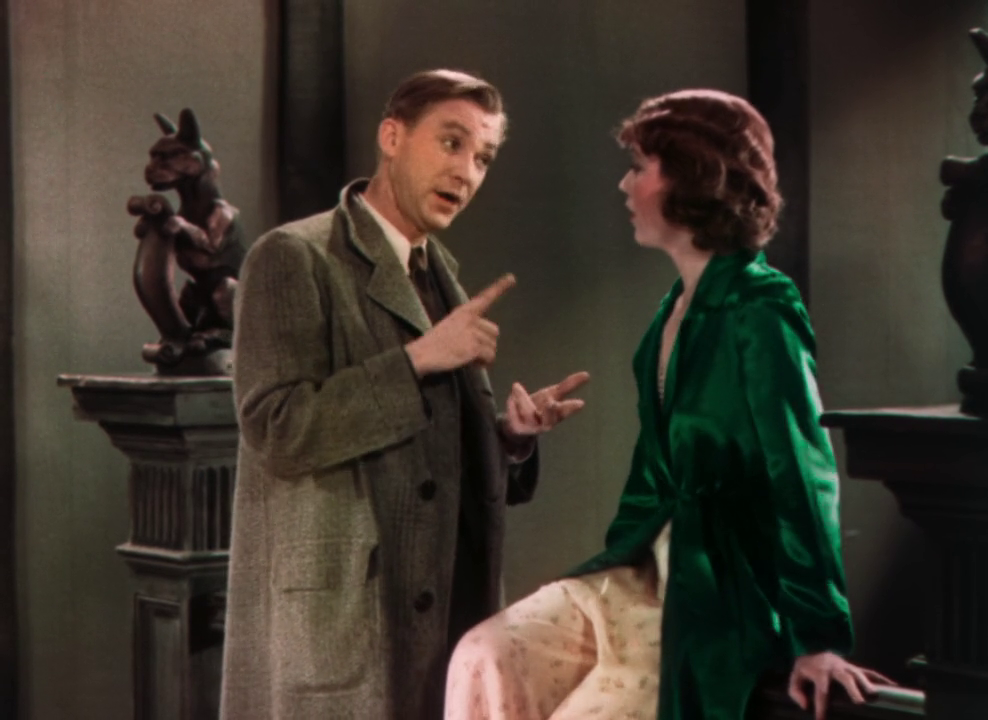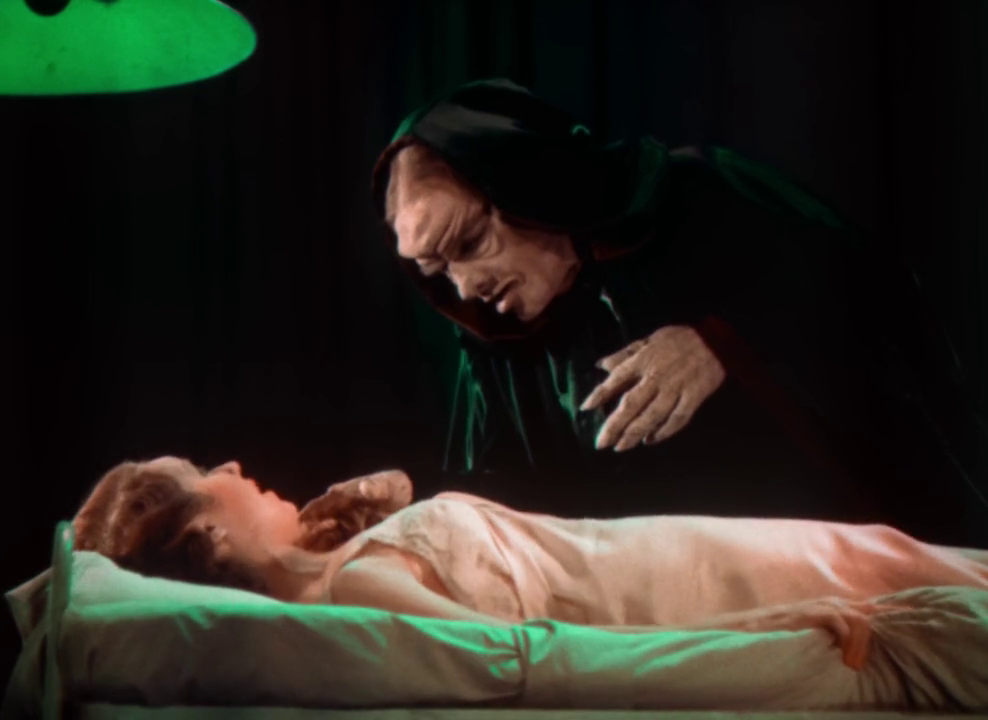Not to be confused with the AMC horror series of the same name, this horror film does not have Rick Grimes and Daryl Dixon shooting zombies in the head, instead, we get a unique blend of horror, mystery and courtroom drama, not to mention the legendary horror icon Boris Karloff, all going towards making this an unforgettable cinematic experience, even after all these years. I give you, The Walking Dead.
Directed by Michael Curtiz, The Walking Dead isn’t your traditional horror movie as much its plot deals with organized crime and the plot follows the actions of a particular syndicate who needs an honest judge (Joe King) out of the way. The leader of this criminal enterprise is criminal defence lawyer Nolan (Ricardo Cortez), who has come up with a plan to have the judge murdered and ex-con John Ellman (Boris Karloff) framed for the crime, turns out that the judge had sent Ellman up the river years ago for second-degree murder, which makes him the perfect patsy for the crime as they can sell it as a revenge killing. The fact that Nolan will be Ellman’s lawyer ensures that he will not be a fair trial.
“Don’t worry, if you get the chair I’ll make sure your grave gets fresh flowers.”
The only wrinkle in this diabolic plan is that there were two witnesses to the crime, a young couple who saw Nolan’s goons stuff the dead body of the judge into the backseat of Ellman’s car, but as they are too terrified of gangland repercussions they keep silent throughout the trial. Eventually these two “good Samaritans” grow a spine but when they finally decide to come forward they make the mistake of contacting Ellman’s crooked lawyer instead of the police and he is able to delay things long enough so that the poor man is electrocuted before the governor could give a stay of execution. However, Ellman’s story doesn’t end there – as if death was ever going to stop Boris Karloff – those two witnesses just so happened to work for Dr. Beaumont (Edmund Gwenn), a renowned scientist who has discovered a way to revive the dead, and he uses this process to bring Ellman back from the dead.
I can’t possibly imagine anything going wrong with this.
As a surprise to no one who has ever seen a Universal horror movie before, Ellman awakens from his grave and embarks on a mission to seek justice and reveal the truth behind his wrongful conviction, but what is unexpected is that Ellman doesn’t go on some murderous rampage of revenge, not at all, instead he simply confronts them with one simply question “Why did you have me killed?” But how is the possible, Ellman didn’t know anything about the murder conspiracy prior to his death, so what has changed? Turns out coming back from the grave has some advantages, it seems Ellman has gained an innate sense of knowing those who are responsible for his death. Is this some kind of divine gift? We are left to wonder. While he doesn’t directly murder the conspirators the horrifying sight of his accusing eyes and his piercing question results in one of the conspirators shooting himself by accident, another into backing into the path of an oncoming train and a third having a heart attack and falling out of a window.
If I saw that face on a dark night, I’d probably jump out a window too.
Stray Observations:
• In the 1941 film The Monster and the Girl,
a man is wrongfully convicted and after execution his body is given
over to a scientist for experiments, leading to his brain being put
inside a gorilla and it escaping and seeking revenge. It’s nice to know
if the justice system fails we have mad science as a backstop.
•
Reanimating a body is one thing but Ellman met his end in the electric
chair and there isn’t much in the way of scientific mumbo jumbo to
explain how his brain still functions after being fried.
• Boris Karloff played Frankenstein’s Monster,
who was reanimated via electricity, so it’s kind of interesting that
here he’s killed by electricity and revived in an even weirder fashion.
•
After bringing Ellman back to life Dr. Beaumont asks if he has any
memories of the afterlife, which is not a very scientific line of
question, but even stranger is Beaumont is soon willing to risk Ellman’s
life with a second operation in the hopes of learning “Secrets from the beyond.” I’m not sure Dr. Beaumont understands the Hippocratic Oath.
•
The two witnesses who could have proven Ellman’s innocence just so
happen to work for Dr. Beaumont as lab assistants, coincidence or lazy
plot contrivance, you be the judge.
“We are cowards and also really bad lab assistants.”
With Michael Curtiz at the helm, each scene is crafted with precision and is allowed to slowly build tension as the plot carefully unfolds and the revenge plays out. The film’s blend of crime drama and science fiction, with a nice helping of the supernatural, creates a neat little tapestry for our characters to wander through, in a story that raises thought-provoking questions about justice, redemption and the boundaries of scientific experimentation. Another excellent aspect of The Walking Dead is its atmospheric and moody cinematography by Hal Mohr, and while this horror entry doesn’t have foggy moors or a Gothic castle it is still able to create a sense of foreboding and unease through its use of shadows, dimly lit sets and a haunting musical score by Bernhard Kaun.
This is the kind of world where you’d expect to see Karloff lurking in the shadows.
Boris Karloff’s portrayal of John Ellman is exceptional and despite being a resurrected corpse he brings sense of depth and empathy to the character, making him both sympathetic and terrifying at the same time. Karloff’s physicality and expressive eyes enhance the unnerving nature of his performance, creating an unforgettable on-screen presence. But Karloff is not acting alone here as the supporting cast also deliver commendable performances, particularly Edmund Gwenn as Dr. Beaumont and his portrayal of a conflicted if well-meaning scientist – one with questionable ethics – adds an intriguing layer to the narrative. The interactions between Karloff and Gwenn’s characters are captivating, as the two men navigate the moral implications of their actions.
And by morality, I mean Gwenn’s character has none.
In conclusion, The Walking Dead is another horror entry that showcases Boris Karloff’s immense talent and exemplifies the golden age of horror cinema, with its atmospheric visuals, compelling performances and intriguing storyline, it has rightfully earned its place as a must-watch for fans of the genre. While the pacing may be a tad slow by today’s standards, its ability to evoke chills and engage the audience’s imagination is a testament to its enduring appeal.



































